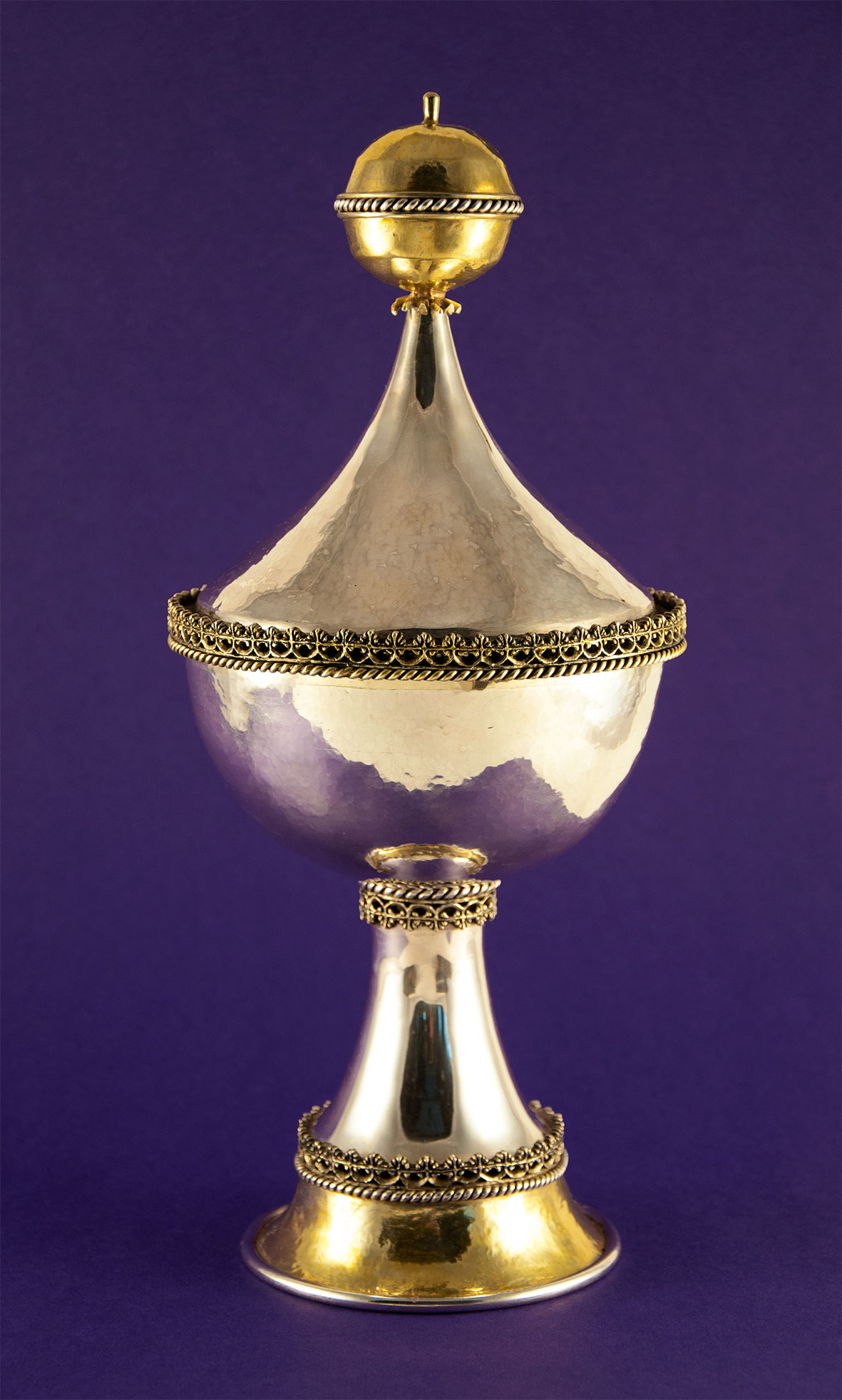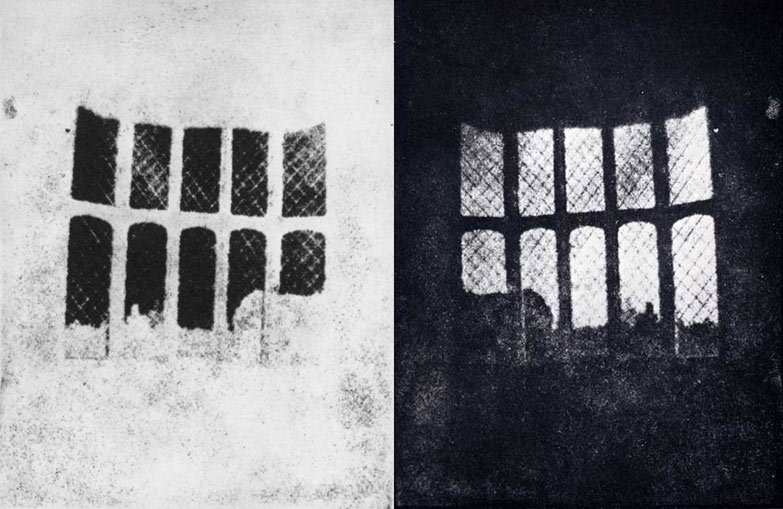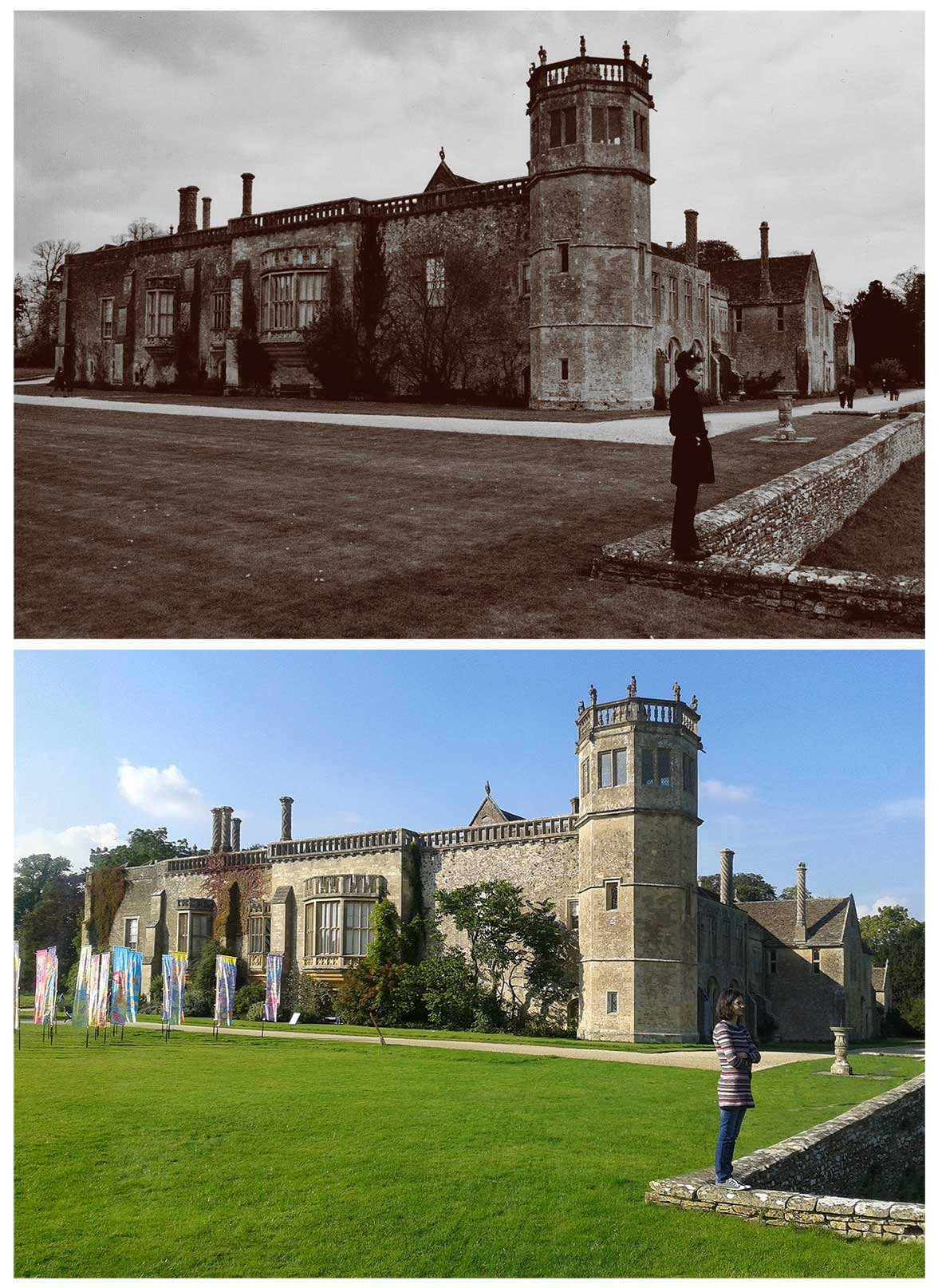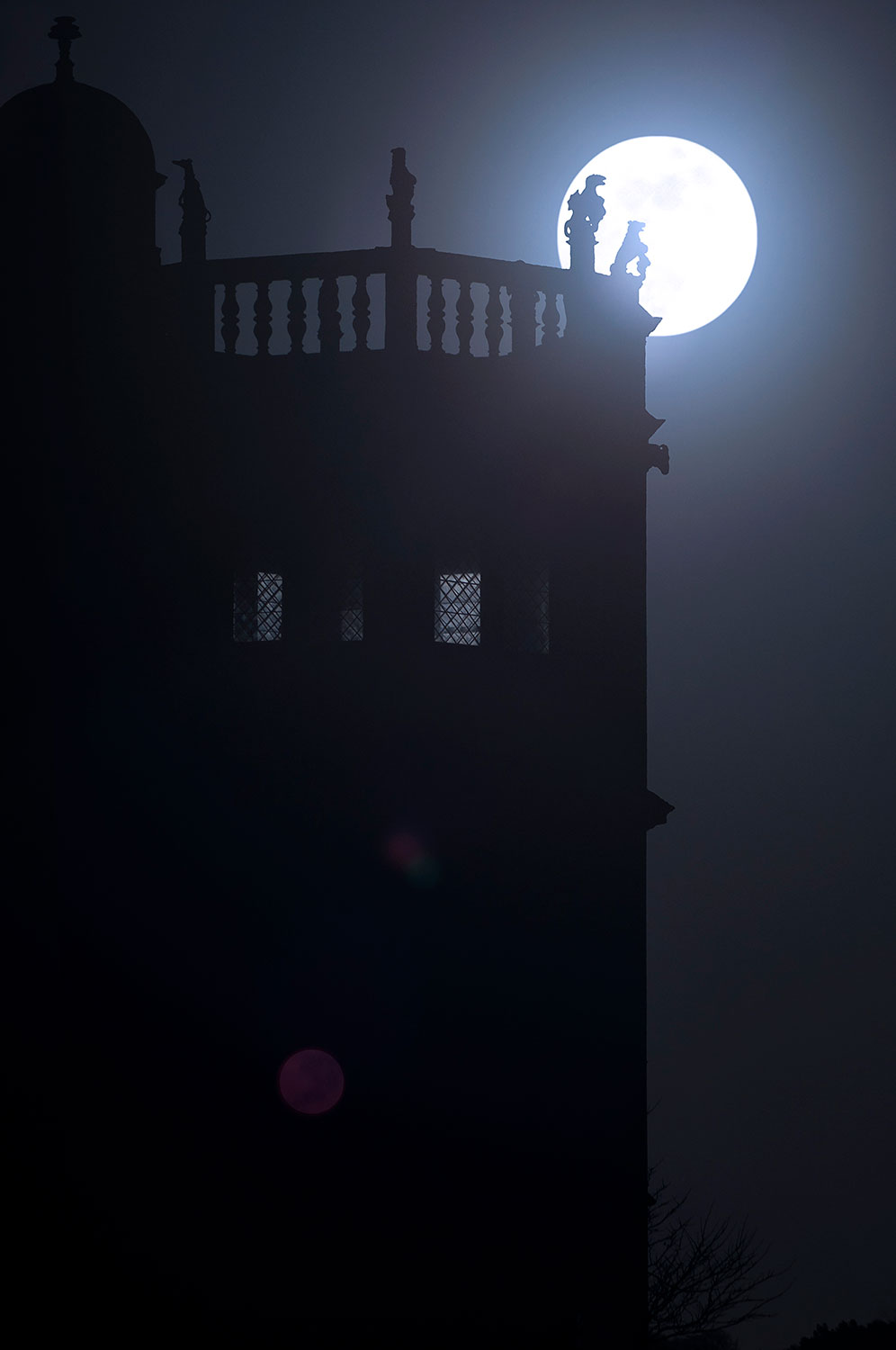Today, 16th June, is St Cyriac’s feast day in the church calendar. It hasn’t been particularly noted at St Cyriac’s Lacock in the recent past, but this year we had something to celebrate. In 2013, the Lacock Cup, the church’s medieval masterpiece, was sold to the British Museum and the Wiltshire Museum for £1.3m. Agreed as part of the sale was the commissioning of two replica cups to be made, one for Wiltshire Museum, and one for St Cyriac’s Church. Thanks to the expert craftsmanship of Mike Neilson at the British Museum, we received the replica about a month ago. Today it was used for the first time at our communion service.
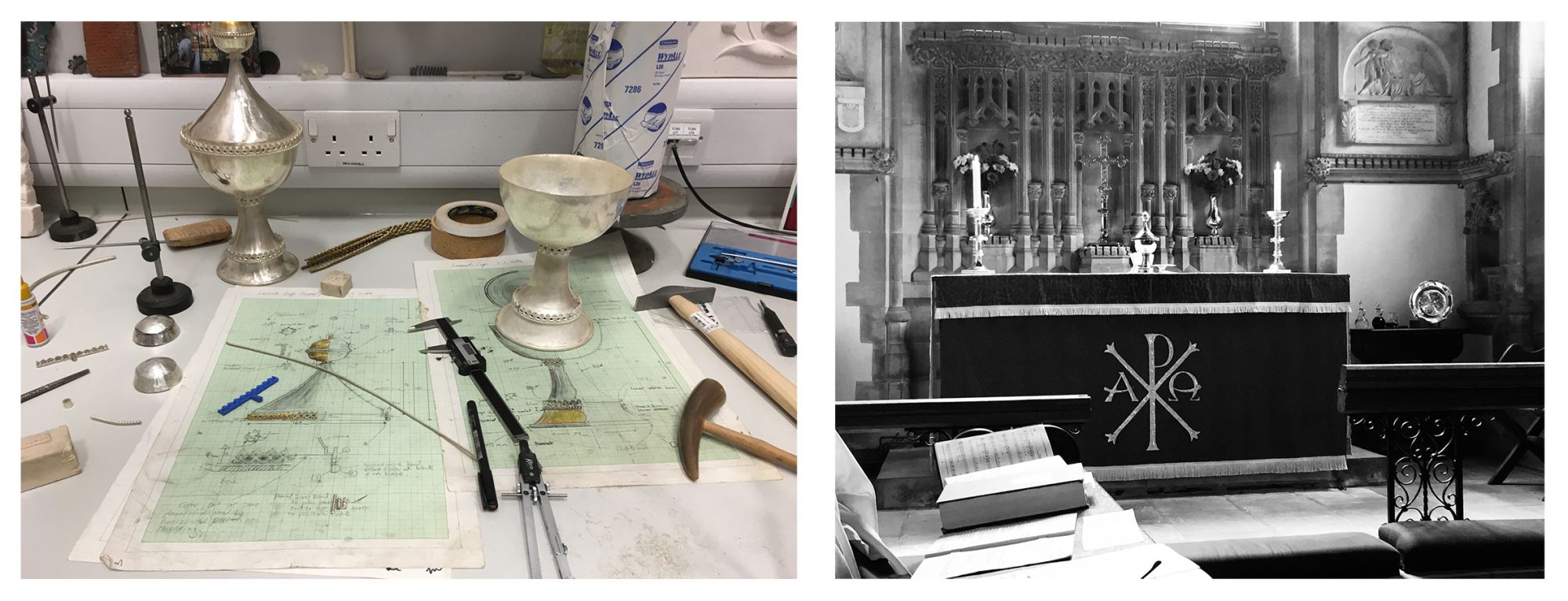
Standing at 35cm tall (with lid), the replica shares with the original its construction in two parts from 1kg of hammered silver, with gilt details. The original, an extremely rare piece of medieval silverware, was made in the fifteenth century initially for secular use as a communal drinking goblet at feasts. It was at some point given to St Cyriac’s, where it was used as a chalice for centuries, though no-one knows its original owner or donor – it has no markings or inscriptions. Its sale was a sensitive issue amongst the local community, with some opposition from those who strongly felt it should remain. It was sensitive enough to percolate through church discussions about how to celebrate the replica without causing further offence. For me, working on incorporating the Lacock Cup into a new church logo (as part of my recent project at the church working on design and interpretation) caused consternation for some, enthusiasm from others. Which gave a lot of pause for thought about the meaning of the Cup, and why we would want to celebrate it. I found myself wanting to champion what is its key, central, visual theology – the thing which centres not so much on its history, nor its design, but on its use.
The communion cup, this communion cup, stands for the truth of what Christ has done for his followers and for Lacock’s joining in with this truth. As a material object it is undeniably a unique and beautiful artefact, which yet becomes something relational and communicative at holy communion. It is fundamentally not just a dead object solely of museum interest (though that is cultural capital that a church with high tourist footfall would be foolish to downplay), it is representative of life-giving sustenance through the gospel, through the commemorative words of Jesus at the Last Supper, and his death remembered in drinking wine from the chalice at communion. St Cyriac’s has that living tradition, and is deeply centred on the purpose and the life that it represents. In the middle of the National Trust village that is Lacock, the church community are in a perfect position to declare this USP in a world where history or heritage forgets the reasons why people worshipped, indeed who they worshipped and why they still do. There is something of a breaking frame mentality needed to identify this as a USP in connection with the Lacock Cup. It is, and should be, a positive reason for celebrating the replica. The fact that it hasn’t been for some has served to show me how deeply and how ingrained we can become stuck on particular interpretations about objects of visual art or literature (leading from particular feelings) because of past associations. But I’m passionate that this can change, that St Cyriac’s can remember its first love, that we found (almost literally) the pearl of great price – the great thing about that parable being how it transformed the person who found it with a contagious, fizzing excitement. Again and again, in my interpretation project, I find myself buzzing with that excitement. Not just about the Cup, but about all of our heritage as as worshipping community – more about that later this year. For now, I end with the manifesto I wrote for the church’s PCC report about my design work with the logo:
- The Cup serves our community’s church by reminding us of sharing in the blood of Jesus.
- The Cup serves our community’s village residents by owning our own history positively.
- The Cup serves our community’s village businesses (NT, school, etc) by championing what we stand for amongst Lacock’s other ‘trades’.
- The Cup serves our community’s worldwide visitors by sharing our beliefs regarding our heritage.
Header image: The replica Lacock Cup, made for St Cyriac’s Church, Lacock in 2019. Photograph by Sheona Beaumont.
